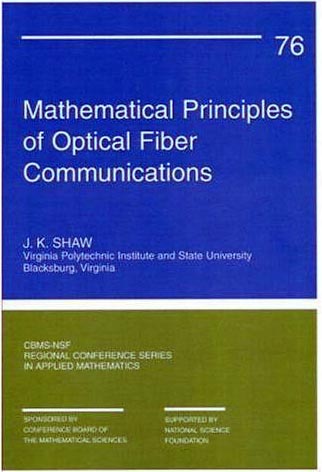

 الاقتصاد والمال
الاقتصاد والمال
 الاقتصاد والمال
الاقتصاد والمال
 العولمة
العولمة
 المشاكل الاقتصادية والازمات
المشاكل الاقتصادية والازمات
 اساسيات ومفهوم الاقتصاد
اساسيات ومفهوم الاقتصاد
 الرأسمالية
الرأسمالية
 النقود والعملات
النقود والعملات
 النمو والتنمية الاقتصادية
النمو والتنمية الاقتصادية
 العلوم الانسانية
العلوم الانسانية
 كتب الفلسفة
كتب الفلسفة
 علم النفس
علم النفس
 كتب التنمية البشرية
كتب التنمية البشرية
 كتب الجغرافيا
كتب الجغرافيا
 كتب التاريخ
كتب التاريخ
 هندسة الحاسوب
هندسة الحاسوب
 الكتب الادبية
الكتب الادبية
 الكتب الاسلامية
الكتب الاسلامية
 كتب منوعة
كتب منوعة
 كتب عن الصحابة والتابعين
كتب عن الصحابة والتابعين
 القران الكريم
القران الكريم
 التاريخ الإسلامي
التاريخ الإسلامي
 كتب العقيدة
كتب العقيدة
 علوم الحديث
علوم الحديث
 أصول الفقه
أصول الفقه
 السيرة النبوية
السيرة النبوية
 كتب احمد ديدات
كتب احمد ديدات
 الكتب الثقافية
الكتب الثقافية
 المسرحيات
المسرحيات
 كتب الشعر
كتب الشعر
 الروايات
الروايات
 العلوم الاجتماعية
العلوم الاجتماعية
 هندسة تكنولوجيا الاتصالات
هندسة تكنولوجيا الاتصالات
 اساسيات هندسة الاتصالات
اساسيات هندسة الاتصالات
 Mobile communication
Mobile communication
 Coding
Coding
 Microwave engineering
Microwave engineering
 Stellite communication
Stellite communication
 Data communication
Data communication
 Wirless communication
Wirless communication
 Antenna theory
Antenna theory
 Digital signal processing
Digital signal processing
 Optical communication
Optical communication
 Electronics
Electronics
 Electromagnetics
Electromagnetics
 signals and systems
signals and systems
 Digital communication
Digital communication
 Analog communication
Analog communication
 الهندسة الكهربائية
الهندسة الكهربائية


The synergism between the World Wide Web and fiber optics is a familiar story to researchers of digital communications. Fibers are the enablers of the rates of information flow that make the Internet possible. Currently transoceanic optical fiber cables transmit data at rates that could transfer the contents of a respectable university library in a few minutes. No other medium is capable of this rate of transmission at such distances. With the maturing of mobile portable telephony and the emerging broadband access market, greater fiber transmission capacity will be essential in the early 21st century. Since the demand for more capacity drives the development of new optics-based technologies, fiber optics therefore remains a vibrant… Mathematical Principles of Optical Fiber Communications is intended to support and promote interdisciplinary research in optical fiber communications by providing essential background in both the physical and mathematical principles of the discipline. Chapter topics include the basics of fibers and their construction, fiber modes and the criterion of single mode operation, the nonlinear Schrödinger equation, the variational approach to the analysis of pulse propagation, and, finally, solitons and some new results on soliton formation energy thresholds. These chapters are written to be as independent as possible while taking the reader to the frontiers of research on fiber optics communications.